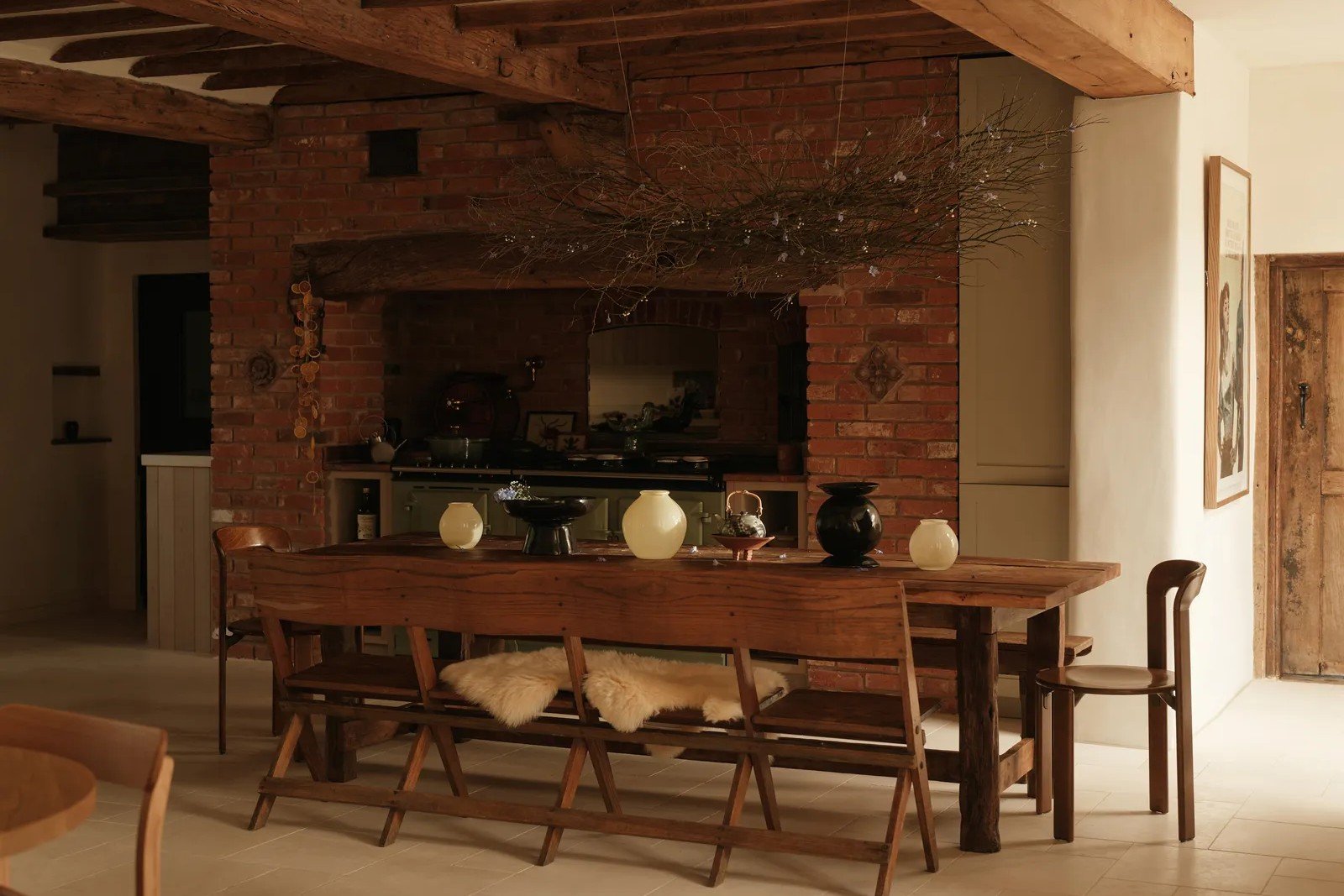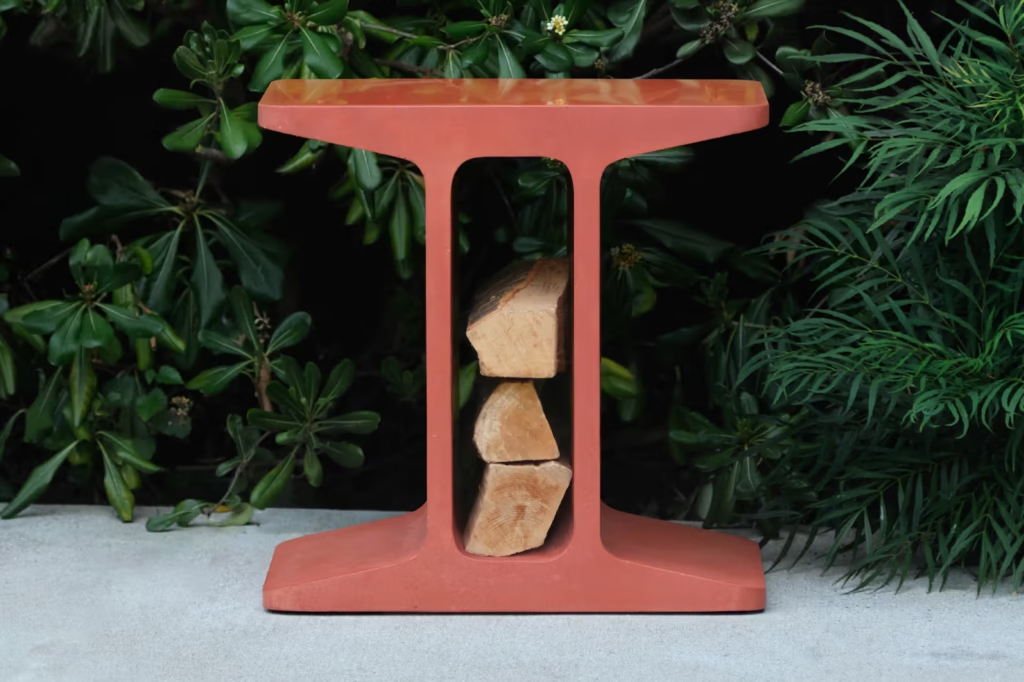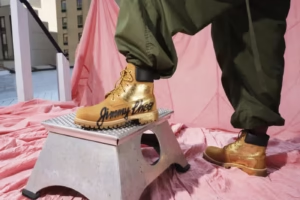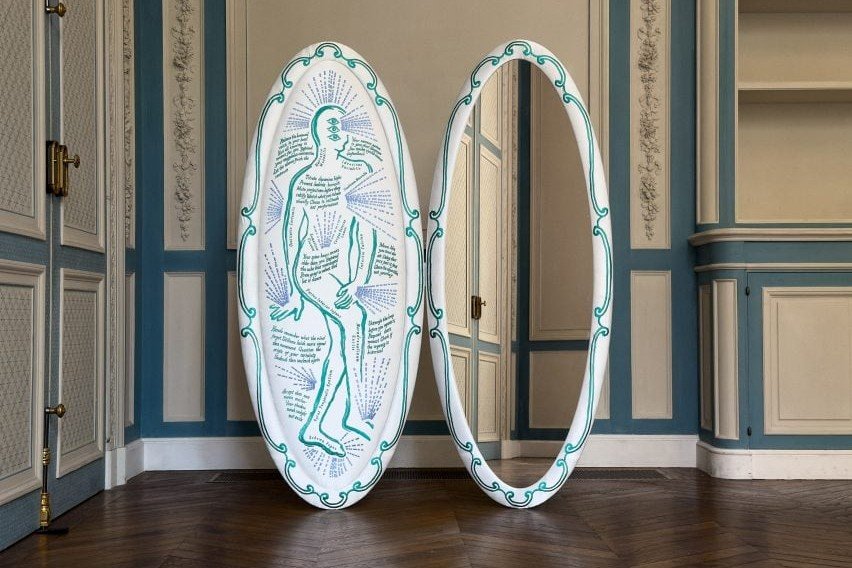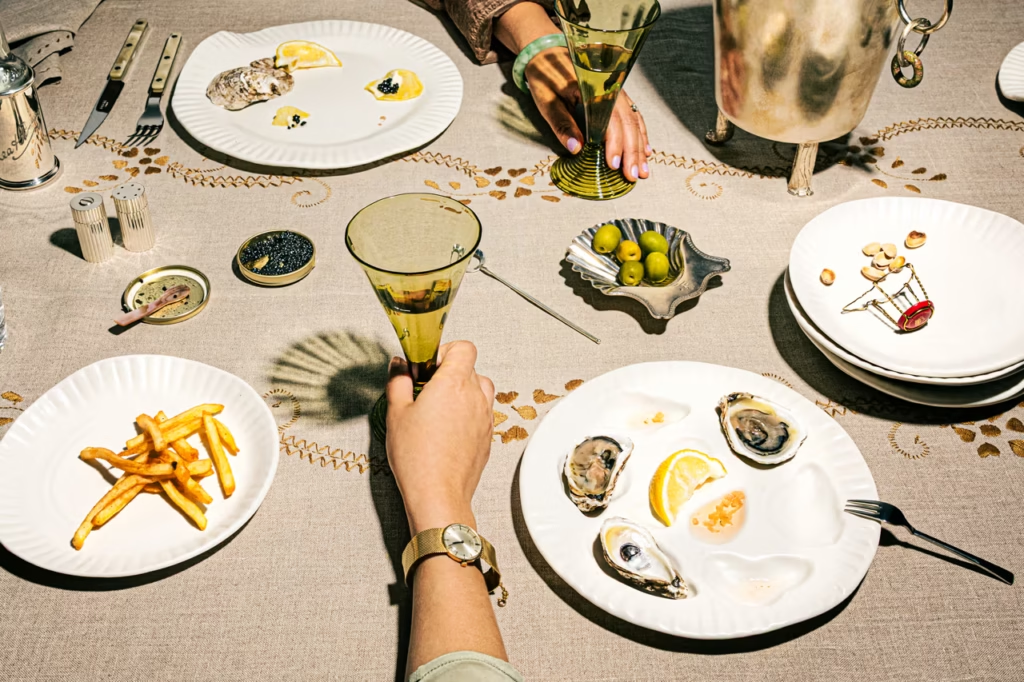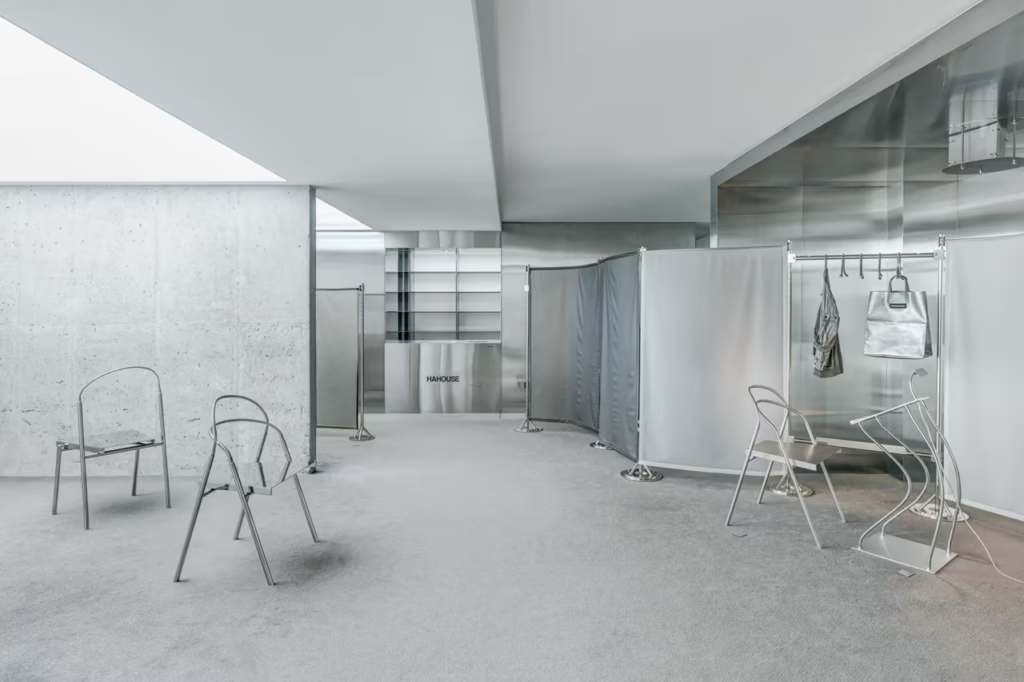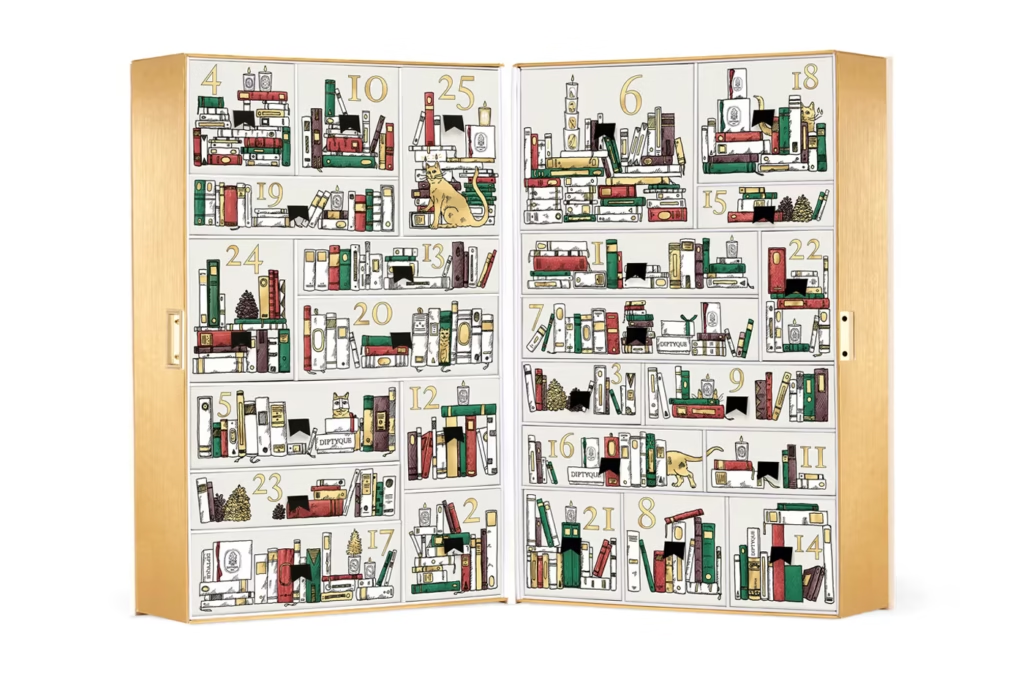The designer uncovers hidden history while blending centuries-old charm with modern design.
Uncovering the Past
Known for co-founding the homeware label Concrete Objects with Samuel Ross in 2017, Jobe Burns has long explored the boundaries of design. His latest project takes him deep into the English countryside, where he restored a 300-year-old farmhouse with a focus on revealing its original character.
The commission came after a chance conversation at Burns’ graduate show. When he began exploring the property, he discovered a hidden doorway behind a cupboard that led to two brick-arched rooms. “It was like the house had been holding something back, waiting for the right moment to be seen,” he recalls. This discovery became the foundation of the entire restoration — a project less about redesigning and more about uncovering what was already there.
A Dialogue Between Old and New
Throughout the farmhouse, soft curves were reinstated to bring tactility, while subtle shifts in color and material distinguish each space. Bright off-white walls define the kitchen, while rich terracotta tones bring warmth to the bathrooms. Original elements have been restored, and salvaged materials — such as dead trees transformed into furniture and roof tiles repurposed for the fireplace — connect the home’s history to its present.
Modern pieces are carefully integrated, including Andu Masebo’s Tubular Chair and a table from Burns’ own label Orbe, creating a balance between heritage and contemporary style.
A Slower Way of Living
Burns’ adaptive approach is rooted in understanding the medium he’s working with, whether it’s furniture, sculpture, or architecture. “You choose the building to adapt your behaviour to it — it’s a shift from the external world,” he explains.
This restored farmhouse invites a slower pace, encouraging moments of stillness and reflection. In Burns’ hands, the home is not just preserved — it’s given a renewed life that honors its past while making space for the present.


